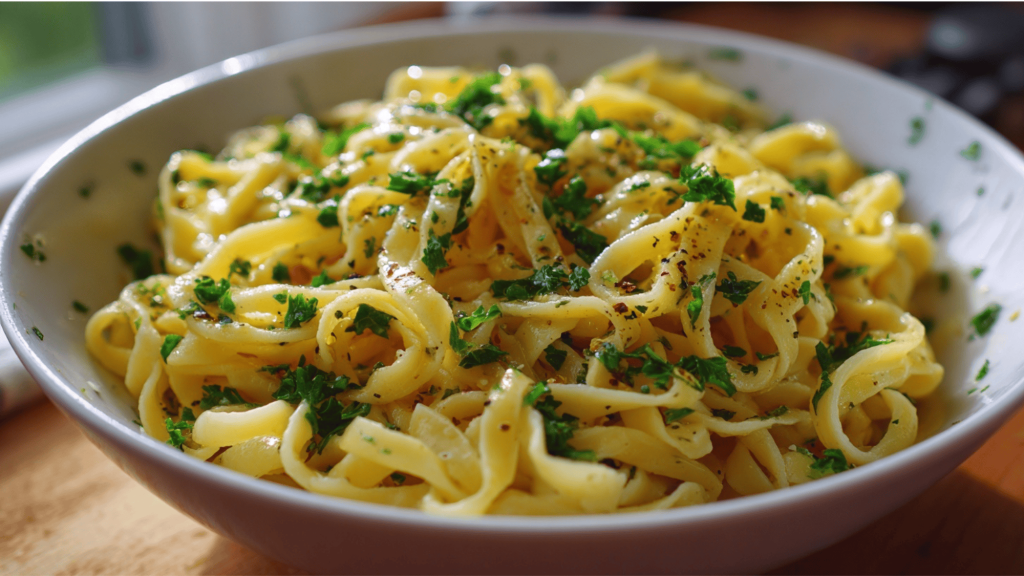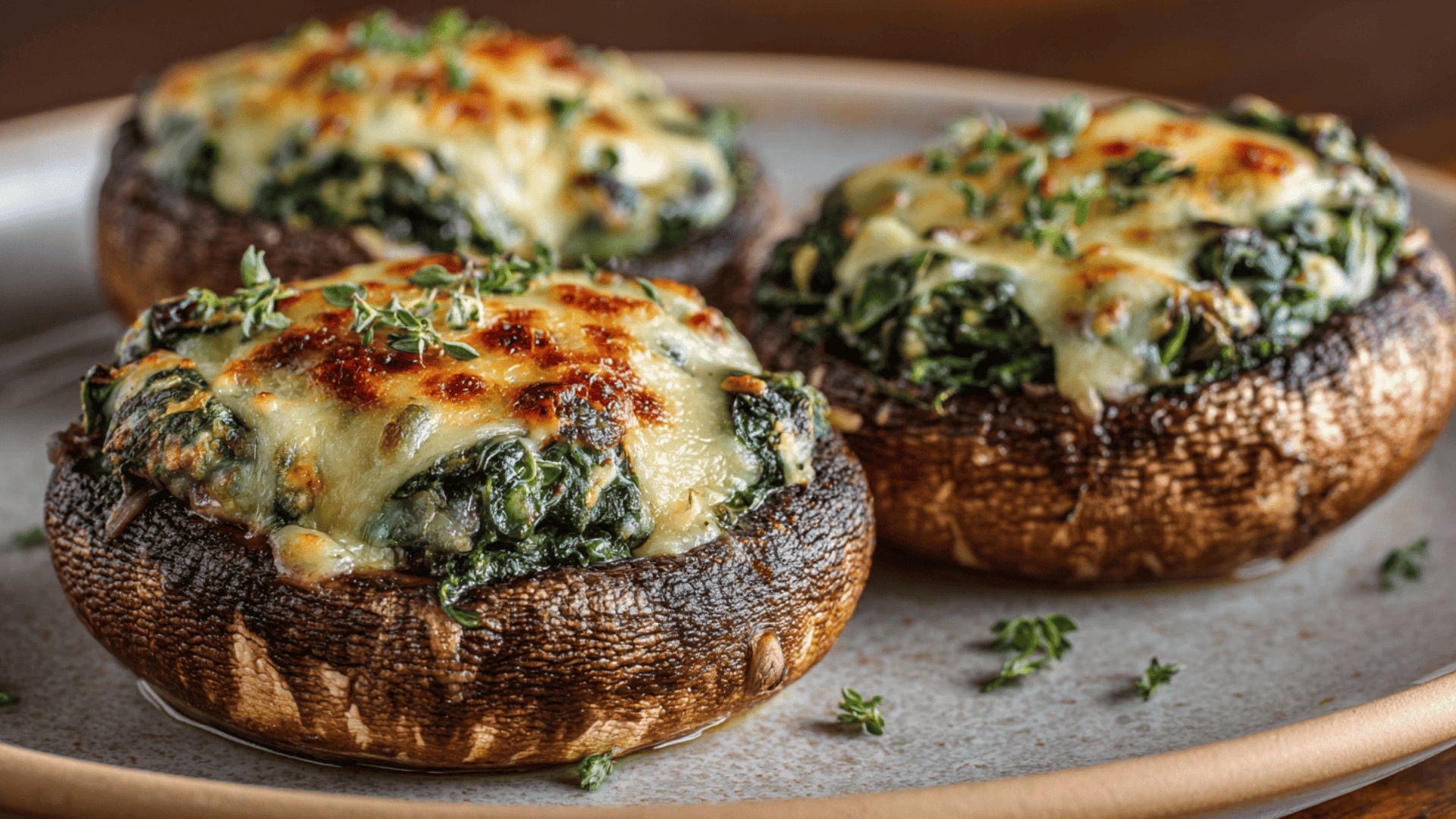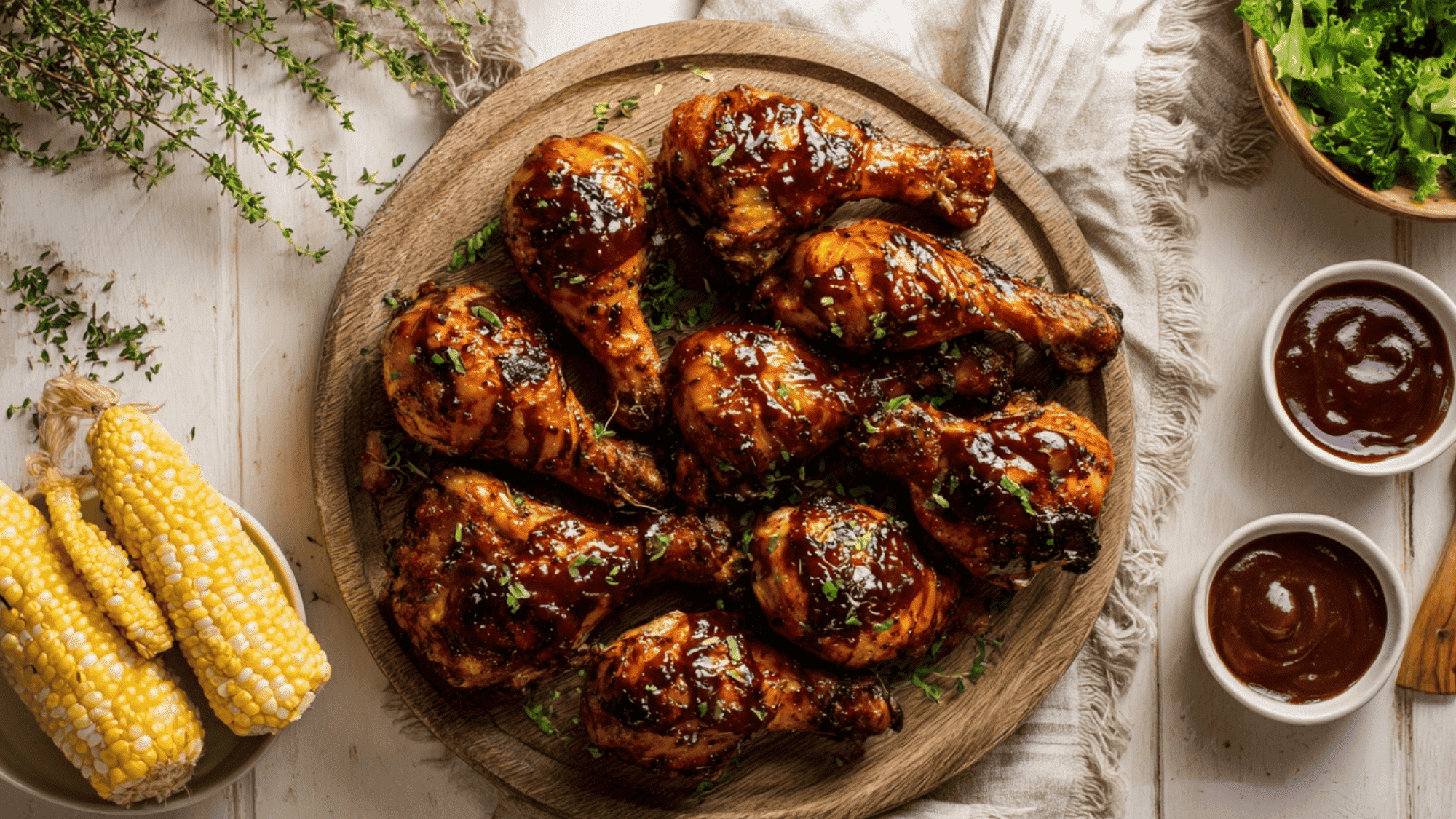Imagine this. A warm bowl of chicken noodle soup sits on the table. Steam curls into the air. The smell elicits a sense of comfort.
But then comes the question: Are egg noodles gluten-free?
For anyone avoiding gluten, this can be confusing. Some noodles are safe, some are not. Knowing the difference is important for health and peace of mind.
Egg noodles are tasty, quick to cook, and loved in many homes. They show up in soups, casseroles, and family dinners.
But what’s really inside them? Do they fit into a gluten-free lifestyle?
This guide clears up the confusion. It explains what egg noodles are, whether they contain gluten, and the best gluten-free alternatives to enjoy instead.
What Exactly Are Egg Noodles?
Egg noodles are a type of pasta that combines flour and eggs into a soft dough. The dough is rolled out, cut into strips, and boiled until tender.
Their texture is slightly chewy, and the egg gives them a golden color and richer flavor compared to regular pasta.
You’ll commonly find egg noodles in comfort food dishes, such as soups, casseroles, and creamy sauces. Despite their name, the main ingredient is usually wheat flour, not eggs.
That’s why they hold their shape so well when cooked. Understanding this key detail is important, especially if you’re avoiding gluten. The flour, not the eggs, makes all the difference.
Do Egg Noodles Have Gluten?
Here’s the simple answer: Yes, traditional egg noodles do have gluten. Gluten is a protein found in wheat, barley, and rye.
Since most egg noodles are made with wheat flour, they naturally contain gluten. That means they’re not safe for people with celiac disease, gluten intolerance, or anyone who chooses a gluten-free lifestyle.
So, if you’ve ever wondered, “are egg noodles gluten free,” the honest truth is that most of the time, they’re not. Unless a package is clearly labeled gluten-free, you should assume it contains wheat.
Why Egg Noodles Aren’t Gluten Free?
The problem lies in the flour, not the eggs. Most egg noodles are made with wheat flour, which provides them with structure and chewiness, but also adds gluten.
Eggs only provide protein, color, and flavor. They don’t contain gluten, but they can’t make the noodles safe to eat. So even if a noodle has “egg” in the name, it’s the wheat base that makes it unsuitable for a gluten-free diet.
Are There Gluten-Free Egg Noodles?
Yes! Today, many brands offer gluten-free egg noodles made with alternative flours. Some options include:
- Rice Flour Noodles – Light, tender, and great for soups or stir-fries.
- Corn Flour Noodles – Slightly sweet, with a familiar pasta-like bite.
- Quinoa Flour Noodles – Packed with protein and nutrients.
- Gluten-Free Flour Blends – Special mixes designed to mimic wheat flour, but without gluten.
- Homemade Versions – You can make your own gluten-free egg noodles using eggs and gluten-free flour.
Pro tip: When shopping, always read labels carefully to make sure the product is safe. Look for terms like “Certified Gluten-Free,” or ingredients such as rice flour, which are safe choices for a celiac-friendly diet.
Gluten-Free Alternatives to Egg Noodles
If you love egg noodles but need to stay away from gluten, you’re in luck. The food industry has come a long way, offering a vast array of options. Here are some of the most popular ones:
1. Rice Noodles
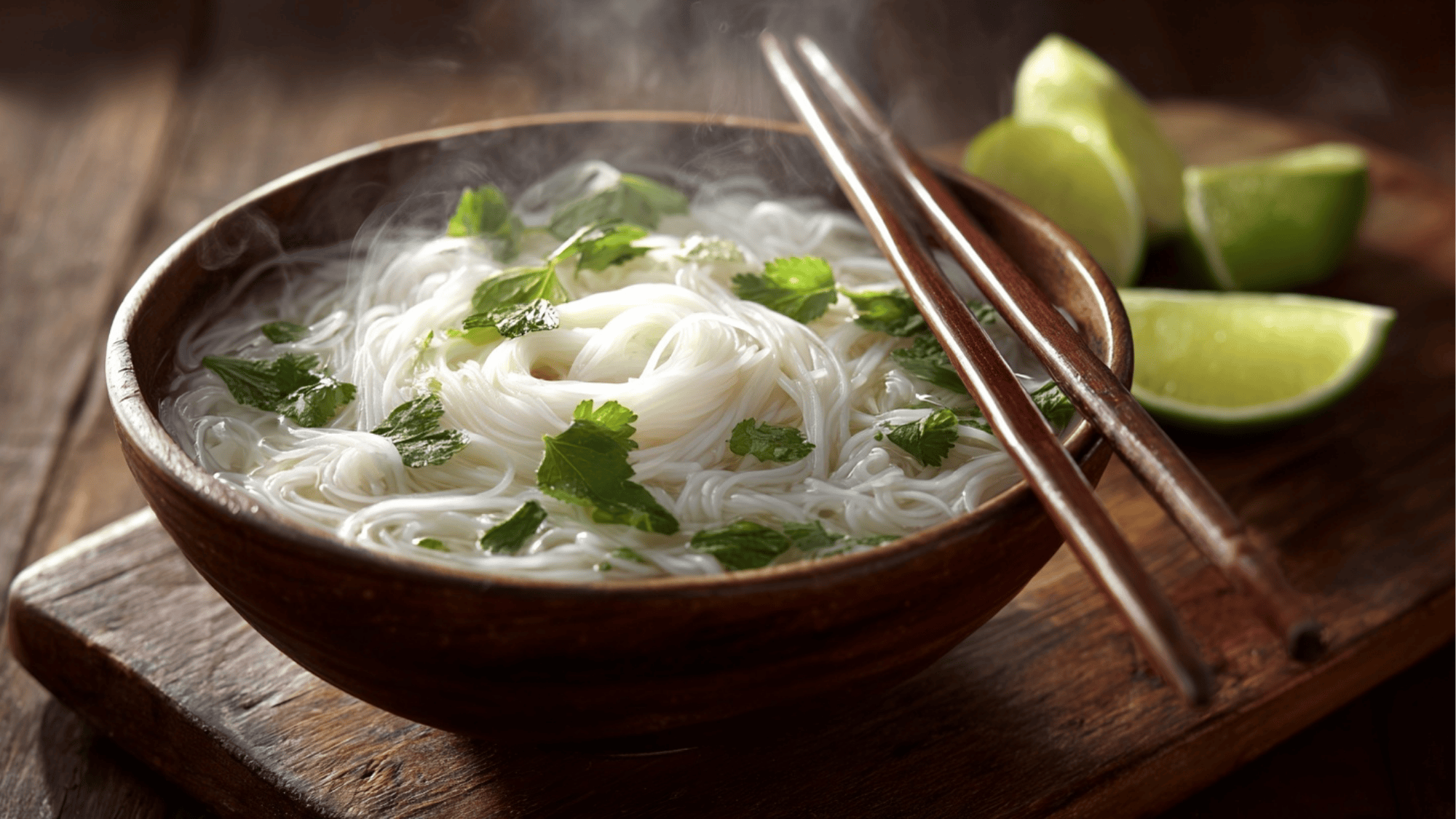
Rice noodles are one of the most popular gluten-free choices. They’re made from rice flour and water, making them naturally safe for gluten-free diets.
They have a light and slightly chewy texture. Because they’re neutral in flavor, they absorb sauces and broths exceptionally well. This makes them perfect for dishes like Pad Thai, pho, or even chicken noodle soup.
2. Glass Noodles (Cellophane Noodles)
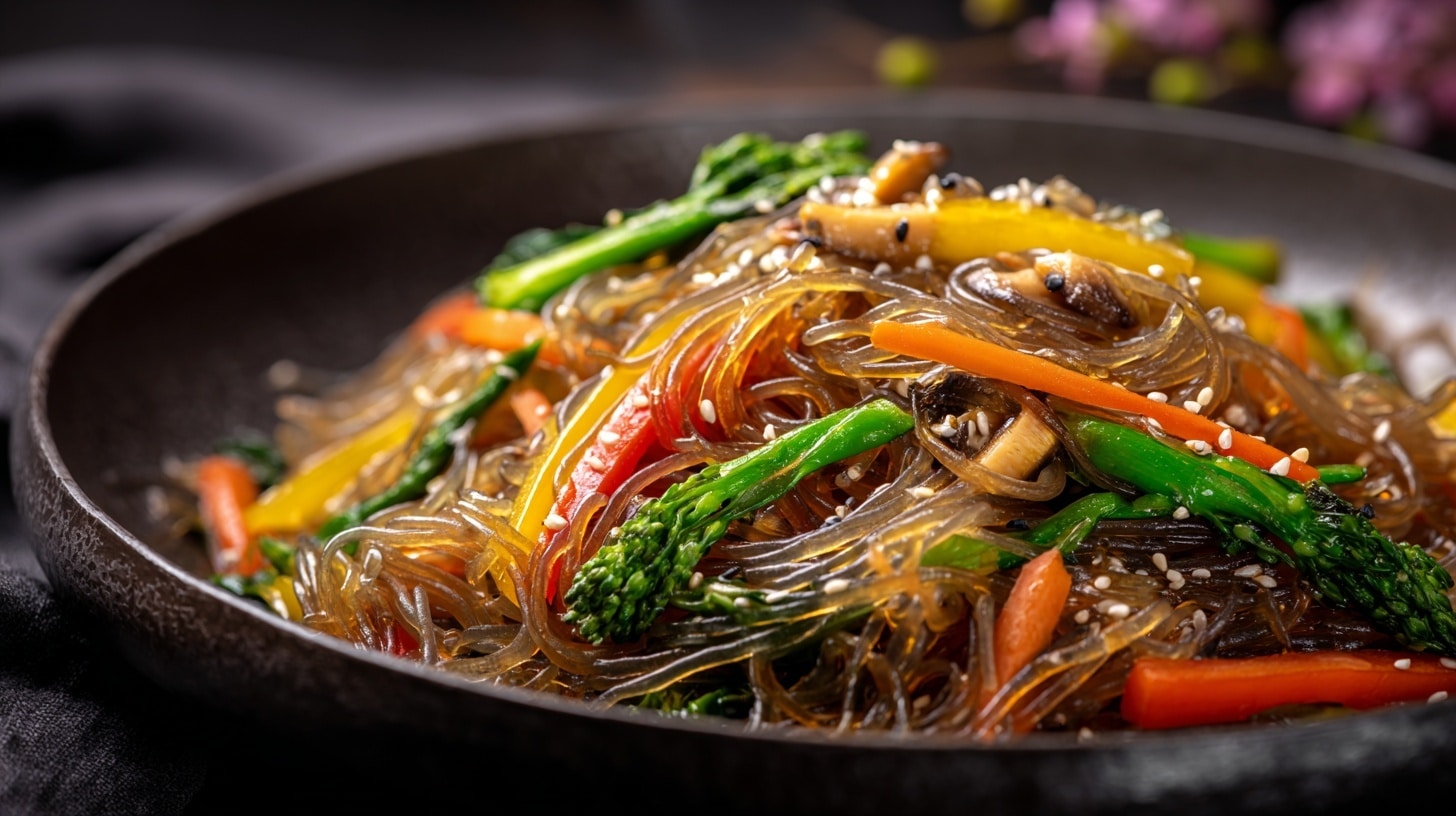
Glass noodles are made from mung bean starch or sweet potato starch. They appear clear and shiny when cooked, which is why they are often referred to as “glass noodles.”
They have a slippery, smooth texture that’s very different from wheat pasta. These noodles work great in soups, hot pots, and stir-fries. They don’t have much flavor on their own, but they pick up seasonings beautifully.
3. Shirataki Noodles
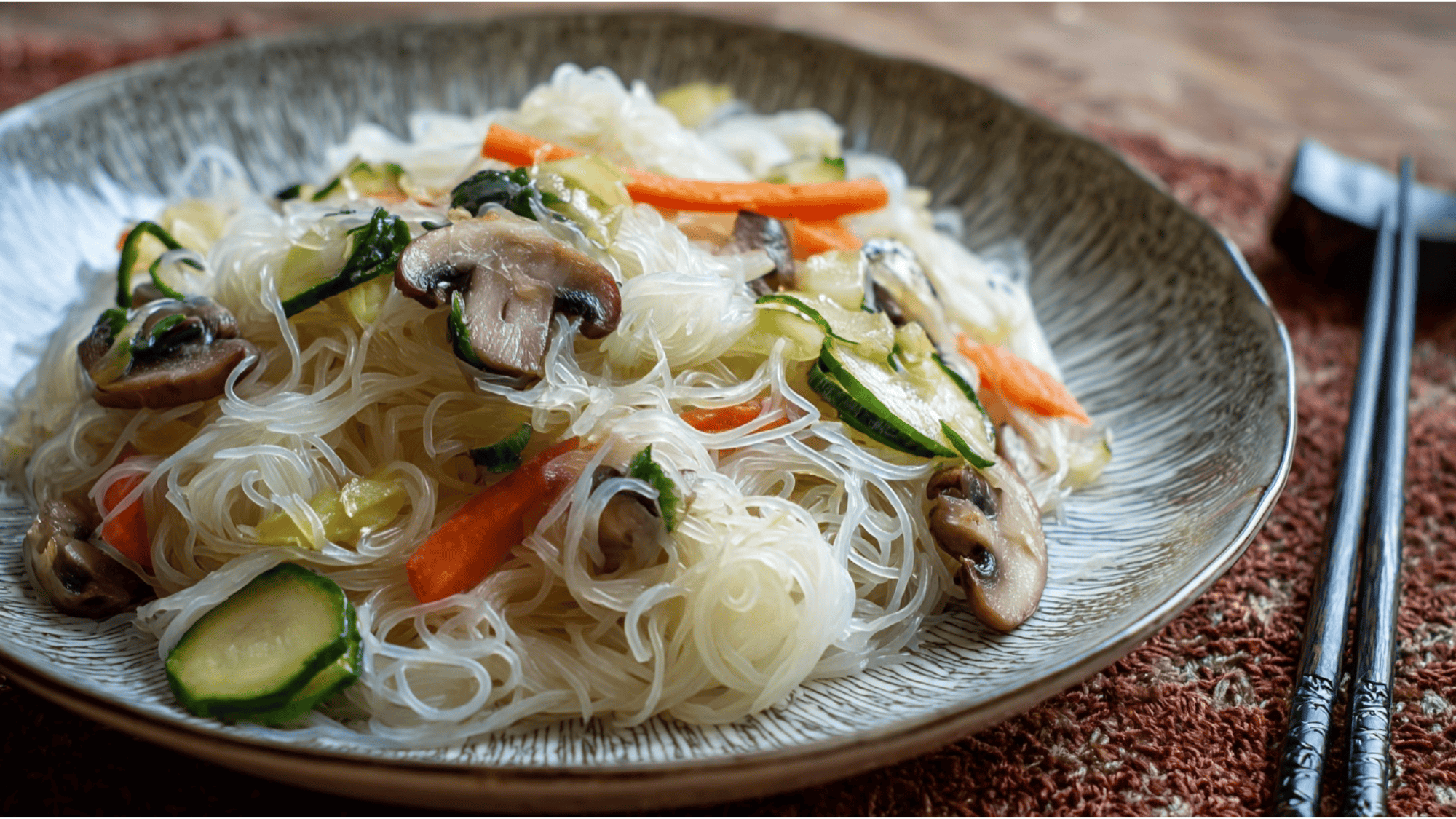
Shirataki noodles are made from the konjac plant, also known as the “elephant yam.” They are sometimes called “miracle noodles” because they are deficient in carbs and calories.
They have a springy, rubbery texture that some people need time to get used to. But once seasoned or cooked in sauces, they absorb flavors really well.
4. Chickpea or Lentil Pasta
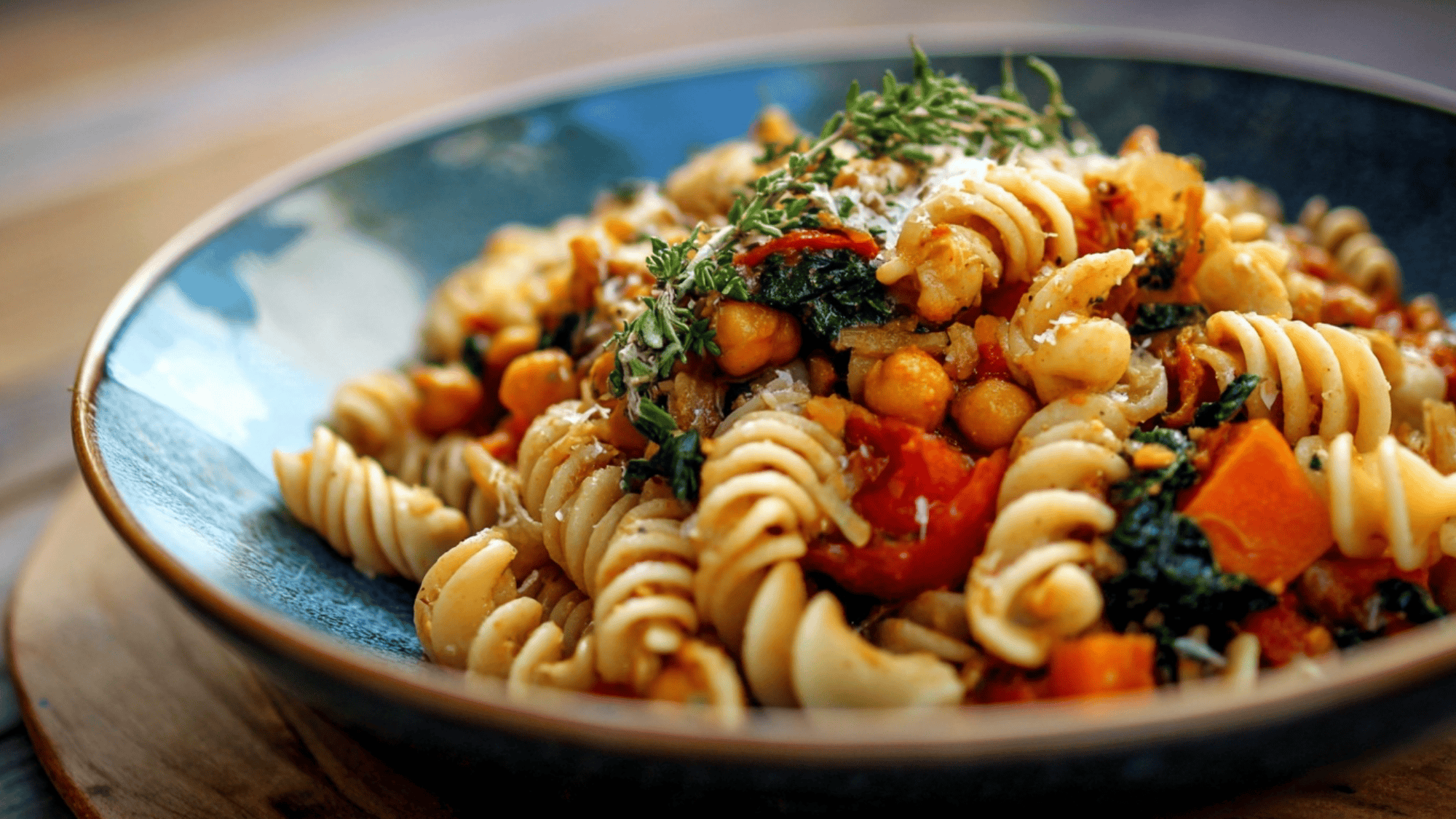
These noodles are made from legumes like chickpeas, red lentils, or black beans. They’re naturally gluten-free and full of nutrients.
Chickpea or lentil pasta is higher in protein and fiber compared to wheat pasta. This makes it more filling and helps keep you energized.
5. Gluten-Free Egg Noodles
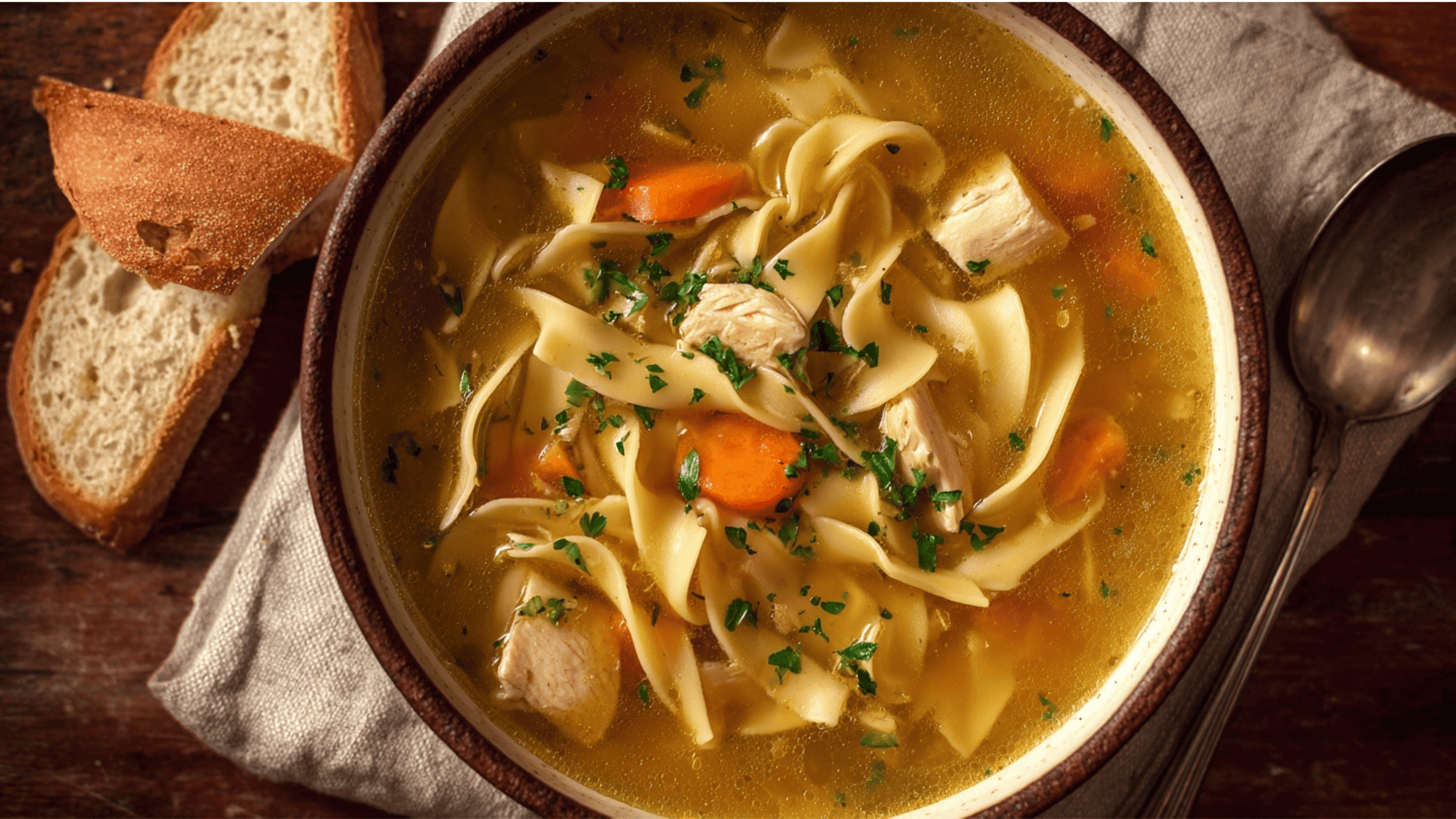
Some brands produce special gluten-free egg noodles using flours like rice, corn, or quinoa, which are mixed with eggs. These are designed to mimic the taste and feel of traditional egg noodles.
They’re the closest alternative if you want that classic “homey” noodle texture in soups and casseroles. Many people say these gluten-free egg noodles taste almost identical to the wheat-based kind.
Cooking with Gluten-Free Noodles
Here are a few tips to make your gluten-free cooking experience easier:
- Follow the package instructions carefully. Gluten-free noodles cook differently from wheat noodles, and overcooking can cause them to become mushy.
- Rinse after boiling. Some gluten-free noodles get sticky. Rinsing helps keep them separate.
- Add them at the right time in soups. If you’re making chicken noodle soup, cook the gluten-free noodles separately and then add them to the soup just before serving. This keeps them from getting soggy.
How to Make Homemade Gluten-Free Egg Noodles
If you love a kitchen project, you can make gluten-free egg noodles at home. Here’s a simple recipe:
Ingredients
|
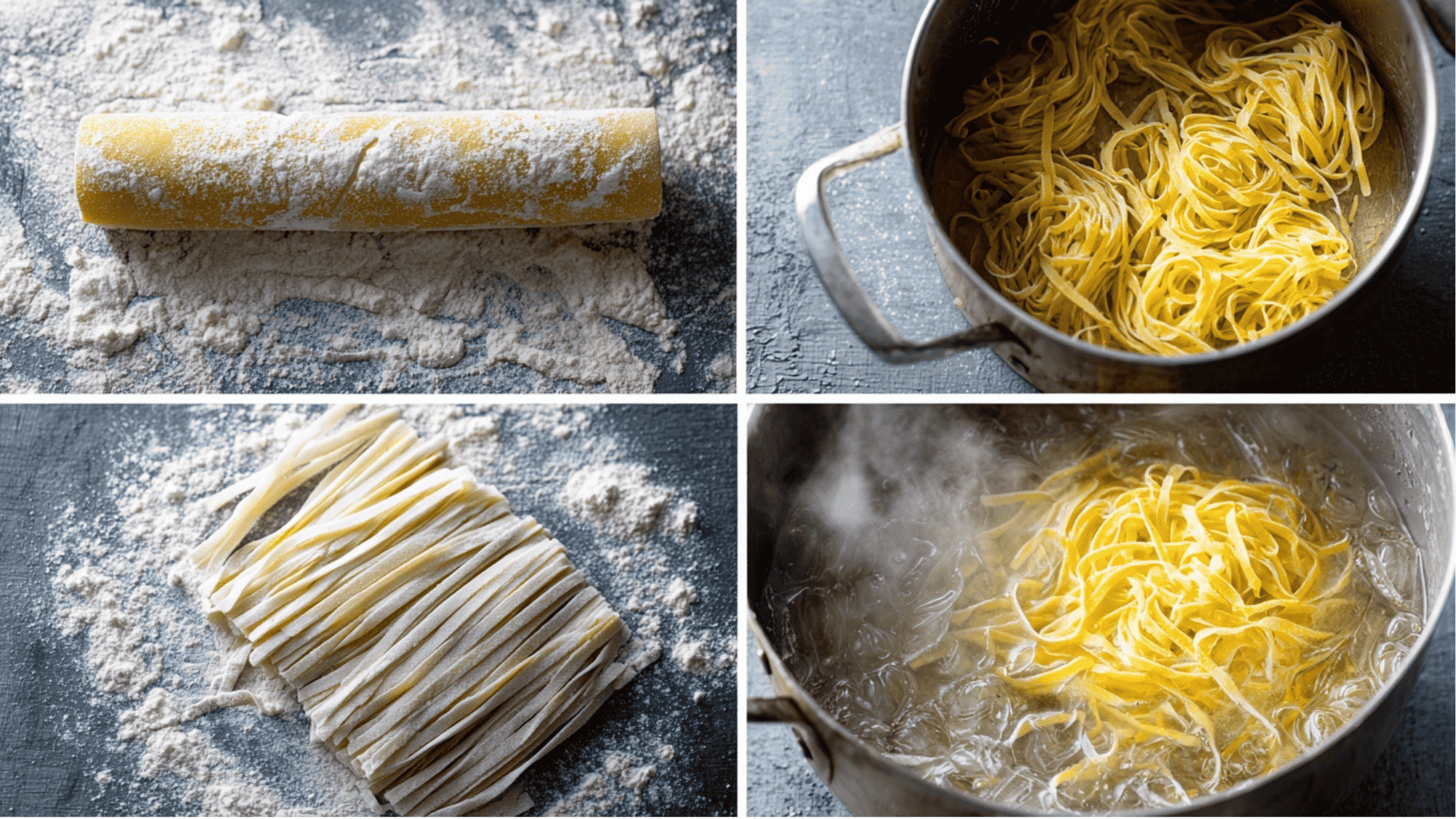
Directions:
- Mix the flour and salt in a bowl.
- Make a well in the center and crack the eggs into it. Add olive oil.
- Stir until a dough forms. If it’s too dry, add a teaspoon of water.
- Roll out the dough on a floured surface (use gluten-free flour to dust).
- Cut into strips to form noodles.
- Boil in salted water for 3–4 minutes until tender.
- That’s it! Fresh gluten-free egg noodles right from your kitchen.
Pro Tip: Only cook what you need. Store extra noodles uncooked in the fridge or freezer to keep them fresh and firm.
Closing Notes
Egg noodles are a classic comfort food. But traditional ones are not gluten-free because they are made with wheat flour. That doesn’t mean you have to give them up completely.
There are now many safe and tasty options. Rice noodles, glass noodles, chickpea pasta, and even special gluten-free egg noodles are readily available.
Each has its own flavor and texture, so there’s something for everyone.
Living gluten-free doesn’t have to feel limiting. With smart swaps, your favorite soups, casseroles, and stir-fries can stay on the menu.
The key is simple: check labels, choose certified gluten-free noodles, and enjoy your meals with confidence. Eating gluten-free can still be warm, comforting, and delicious.
FAQs
Can I Eat Egg Noodles if I Have Celiac Disease?
No. Traditional egg noodles are made with wheat flour, which contains gluten. Choose certified gluten-free noodles instead.
Are Egg Noodles the Same as Pasta?
They’re similar, but not the same. Both are made with flour and water, but egg noodles also include eggs, which gives them a distinct flavor and texture.
What Is the Difference Between Egg Noodles and Rice Noodles?
Egg noodles are made from wheat flour and eggs. Rice noodles are made from rice flour and water, making them naturally gluten-free.
What Brands Make Gluten-Free Egg Noodles?
Some popular brands include Jovial, Manischewitz (specifically for Passover), and certain health food store brands. Always double-check the packaging.


